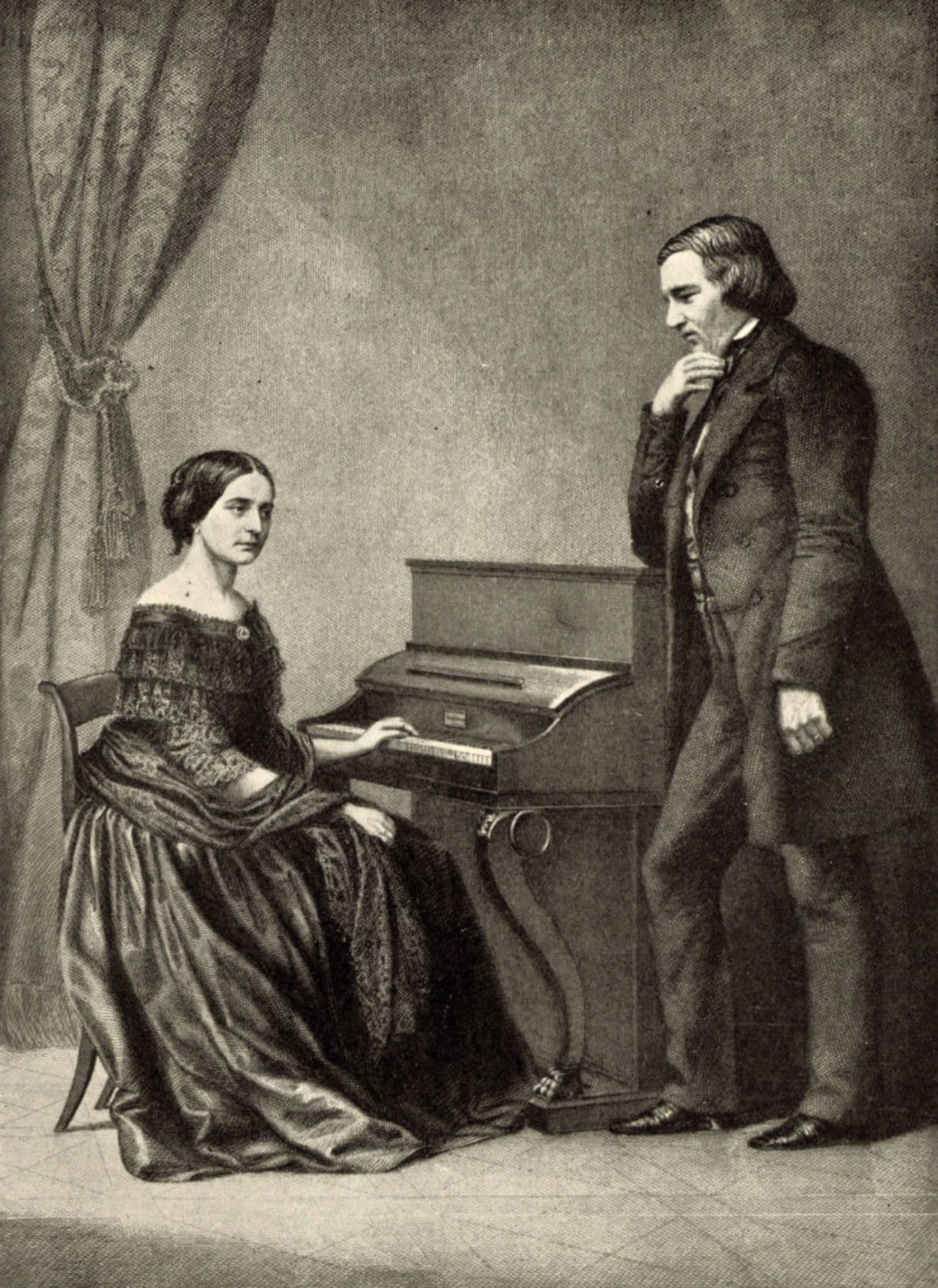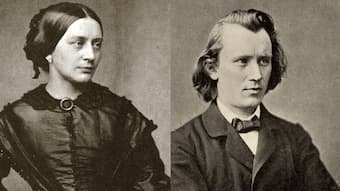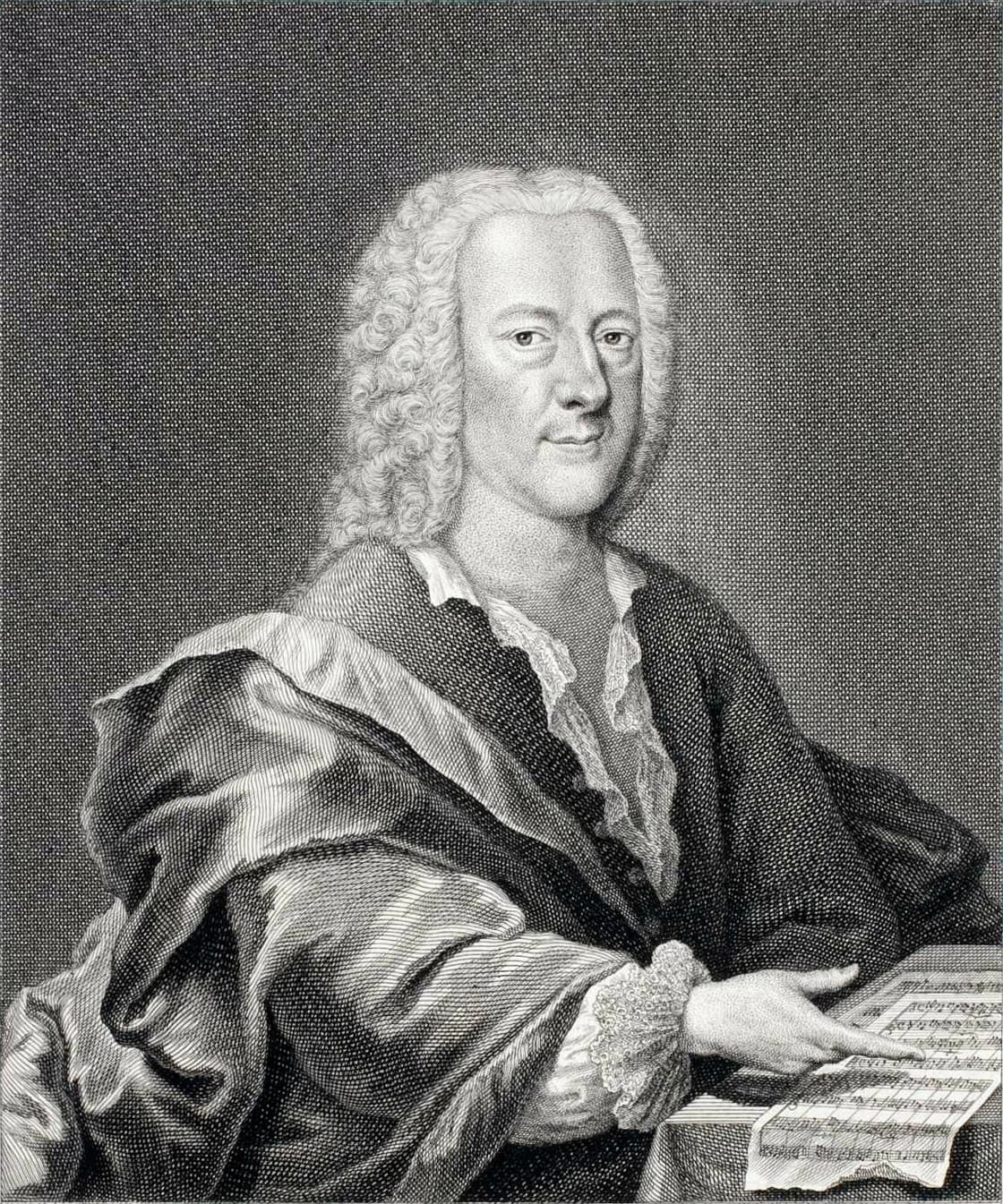Have you ever wanted a primer on Clara Wieck Schumann‘s works but didn’t know where to begin? Have you ever been curious about which of her works has resonated the most with listeners?

Clara Wieck at 15 years old
Today, we’re going to YouTube for answers: we’re looking up Clara Schumann and seeing which has the highest view counts.
Here are a couple of things to keep in mind:
– We did not include compilations in our calculations (i.e., videos that are multiple hours long that feature the complete works of Clara Schumann, etc.). We only included videos that featured single works.
– These numbers were accurate as of the autumn of 2024. If you’re reading this later than that, you should check to see which performances are currently the most popular!
Here are the results, in reverse numerical order:
7. Ballade, Op. 6, No. 4 – 160k views
Clara Wieck’s “Ballade” comes from her opus 6, a collection of six solo piano pieces called Soirées musicales.
It was composed in 1836, the year Clara turned seventeen, and dedicated to a pianist named Henriette Kuntze, later Voigt.
Henriette was a pianist herself; she had recently returned from a trip to Berlin, where she had played piano four-hands with none other than Felix Mendelssohn.
In 1830, Henriette Kuntze married a merchant named Carl Voigt. She held famous soirees and performances in her home, even after she gave birth to two daughters in 1835 and 1839.
Clara Wieck dedicated the Soirées musicales to Voigt in gratitude after Voigt bought a piano from Clara’s father, who was an instrument dealer.
Tragically, Voigt died of tuberculosis three years after the Ballade was written. She was only thirty-one years old.
6. Die Lorelei – 164k views
Clara Schumann wrote the song “Die Lorelei” in June 1843.
Her husband Robert Schumann had recently spent an entire year – 1840 – writing almost nothing but songs. By 1843, Robert was busy composing his oratorio Paradise and the Peri for voice, choir, and orchestra.

Robert and Clara Schumann, 1850
Clearly, the power of the human voice was on both Schumanns’ minds when Clara chose to set the poem “Lorelei” by Heinrich Heine.
The title of Heine’s poem refers to the so-called Lorelei slate rock on the banks of the Rhine. According to Romantic Era legend, a beautiful blonde woman sits atop the rock and combs her long blonde hair. Her beauty causes boatmen to crash into the rocks.
Remarkably, just two months before she wrote this dramatic song, Clara had given birth to her second child, Elise. But her drive to compose was so strong that she overcame new-parent exhaustion to do it!
Matthew King from the University of Maryland Baltimore County suggested in one article that her setting of the turbulent work was possibly indicative of postpartum depression.
https://sites.google.com/umbc.edu/will-roberts/die-lorelei-a-musical-representation-of-depression
5. Nocturne, Op. 6, No. 2 – 175k views
This Nocturne also comes from the six pieces that make up the Soirées musicales. It is astonishing to remember that the composer of these deeply felt, beautifully crafted pieces was only in her teens!
The Nocturne features a rocking arpeggiated accompaniment in the left hand and a melancholy main melody that repeatedly slips in a downward direction.
4. Drei Romanzen – 245k views
Clara Schumann wrote her original collection of Drei Romanen (Three Romances) for solo piano in 1853.
That year was an emotionally complicated one for her. In September, she became pregnant with her youngest child, Felix (much to her disappointment; she was terrified that motherhood would destroy her career).
Then, on 1 October 1853, she met a twenty-year-old composer who came to the Schumann home. His name was Johannes Brahms, and he would become one of the most influential figures in her life.

Johannes Brahms and Clara Schumann
She wrote about the encounter with Brahms in her diary:
This month introduced us to a wonderful person. Brahms, a composer from Hamburg—20 years old. Here again is one who comes as if sent from God. –He played us sonatas, scherzos etc, of his own, all of them showing exuberant imagination, depth of feeling, and mastery of form. Robert says that there was nothing that he could tell him to take away or add.
Unfortunately, the Schumanns’ new musical connection with Brahms was interrupted in February of 1854 when Robert’s mental health struggles culminated in his jumping into the Rhine River. He was rescued but chose to leave home to be treated at an asylum. He’d never return, and Clara went years without seeing him, as it was feared her presence would cause him to backslide.
In 1855, Johannes Brahms went to visit Robert Schumann, a visit that pained Clara Schumann deeply. That same day, she began composing the troubled, listless romance that she eventually chose to be the first Romance in this collection.
Not long afterwards, she gave up composing almost entirely and focused her creative energies on interpreting works by Brahms and other friends.
3. Scherzo No. 2 in C-minor – 265k views
Clara Schumann’s Scherzo No. 2 dates from 1845. Her compositional voice here is mature and uniquely her own, but one can also hear influences from contemporaries like Chopin, Mendelssohn, and her husband Robert.
The music is virtuosic and tempestuous. Sometimes Clara Schumann is thought of as an understated performer, and while it’s certainly true that she didn’t particularly relish indulging in virtuosity for virtuosity’s sake, she was also always eager to impress audiences with her astonishing technique, as long as she felt that doing so was in service of a musical message.
Expressive young British pianist Isata Kanneh-Mason has made the works of Clara Schumann a staple of her career. In fact, her debut album, released in 2019, consists solely of Clara Schumann’s works. Given her expertise with this repertoire and her expressive, accomplished playing, it’s no surprise that this is the third most popular Clara Schumann video on YouTube.
2. Piano Trio – 448k views
In the mid-1840s, Robert Schumann’s health was poor. In search of healing, in 1846, the couple spent time on the rural island of Norderney off the coast of Germany. That summer, Clara wrote her piano trio.
She dealt with challenges during its composition. In February of that year, she had given birth to her son Emil, but he was a sickly child. (Tragically, he would die the following year.) She also got pregnant again that spring but miscarried in July, in the middle of writing the trio.
She finished the work in early autumn of 1846. She wrote after its first rehearsal in October: “There is nothing greater than the joy of composing something oneself and then listening to it. There are some pretty passages in the Trio, and I think it is fairly successful as far as form goes.”
She was underselling her achievement. Most modern listeners regard her piano trio as her finest work.
1. Piano Concerto in A-minor – 468k views
And here it is, Clara Wieck Schumann’s most popular work on YouTube: her piano concerto in A-minor.
Clara began the first draft of the concerto in January 1833, when she was just thirteen years old. She finished one movement that November, orchestrating it herself.
However, in February 1834, Robert Schumann, her father’s twenty-four-year-old student and family friend, helped her to revise the orchestration. This movement would ultimately become the concerto’s finale, but she still had two more movements to write to make it into a proper concerto.
A first movement was finished in 1834 and a poetic middle slow movement in 1835. In a show of artistic independence and conviction, she withdrew the edits that Robert had made and finished the orchestration by herself.
She premiered the concerto shortly before her sixteenth birthday. That year, she fell in love with Robert…and her life and classical music history were changed forever.
For more of the best in classical music, sign up for our E-Newsletter


